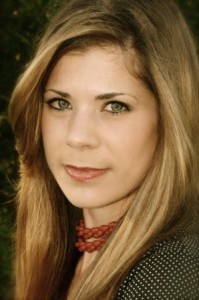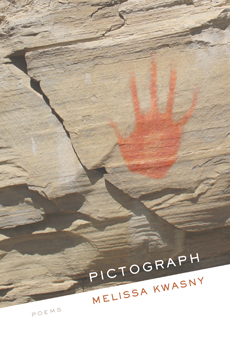Source: STRATEGIES Literary Public Relations
Hardcover, 12 pgs
I am an Amazon Affiliate
Take a Peek with Peek-a-Bear by Jill Mangel Weisfeld, illustrated by Garry Thorburn, is one of the latest favorites in my house. My daughter can just spend some quiet time with this one in her lap and experience what Peek-a-Bear experiences even without someone reading the text to her. She knows the various modes of transportation the bear finds himself traveling on already, which probably helps with her own version of the narration.
Peek-a-Bear has some interactive parts that readers can pull, lift, open, and rotate to see the latest scene. He rides all kinds of transportation vehicles from a Ferris Wheel to a boat and train. He takes a number of trips in this book and sees some fascinating creatures, including an octopus who likes peanut butter. Take a Peek with Peek-a-Bear by Jill Mangel Weisfeld, illustrated by Garry Thorburn, is fun and can be turned into a game of what do your kids see outside the window. This game can be carried over into your own travels on vacation or just to the grocery store.

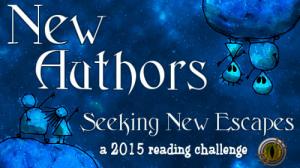

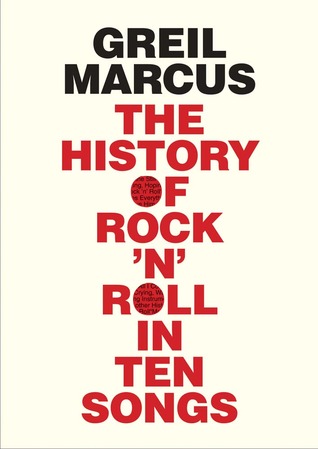
 About the Author:
About the Author: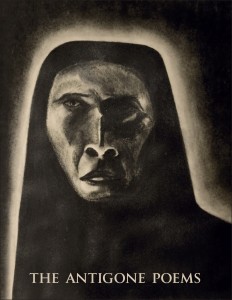
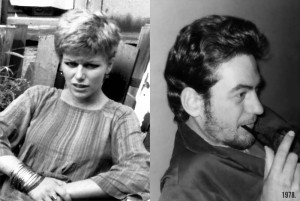 About the Poet:
About the Poet:
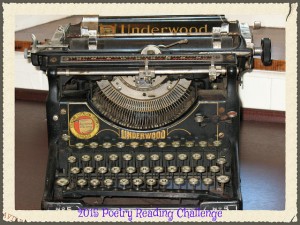
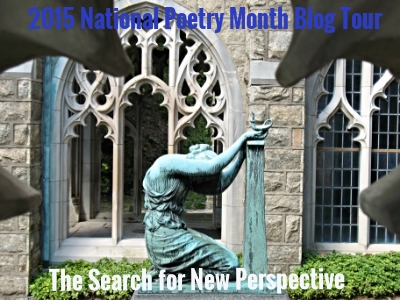


 About the Poet:
About the Poet:
 About the Poet:
About the Poet:
 About the Poet:
About the Poet:

